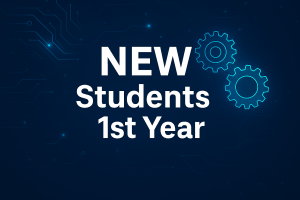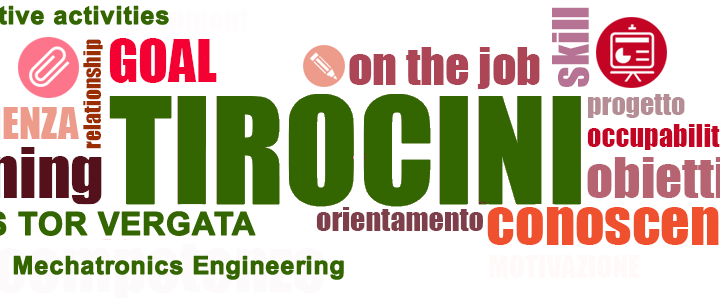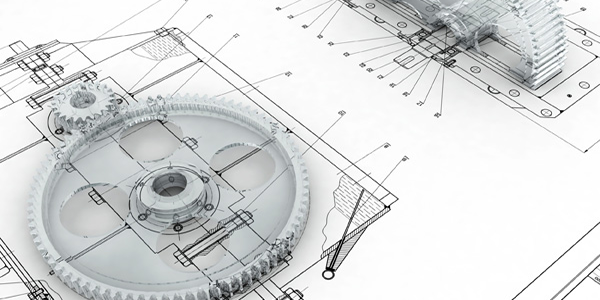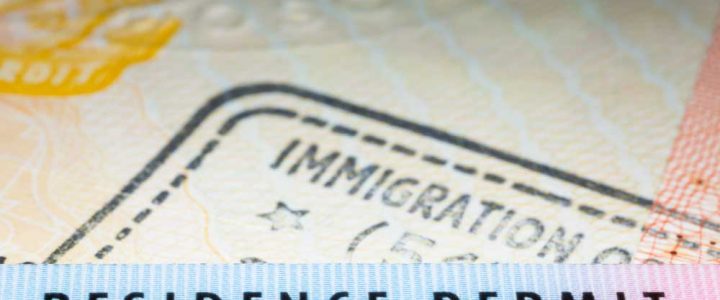To All Students of the 1st Year class A.Y. 2025-26
Dear students,
We invite you to join the Microsoft Teams group for Engineering Sciences. [v963dze]
Please make sure to access the channel for first-year students of the academic year 2025–2026 once you have joined the group.
[Optional: You can join the group using the following link: (link)]
Best regards,
Simona Ranieri – The Student Services Office for Engineering Sciences

 UNIVERSITA' DEGLI STUDI ROMA "TOR VERGATA"
UNIVERSITA' DEGLI STUDI ROMA "TOR VERGATA"



